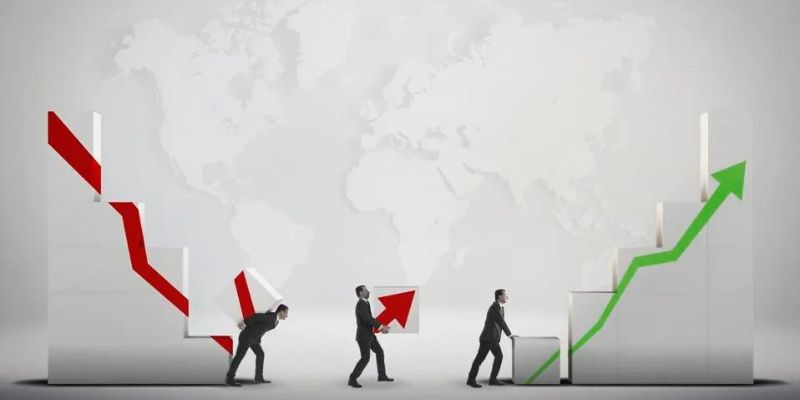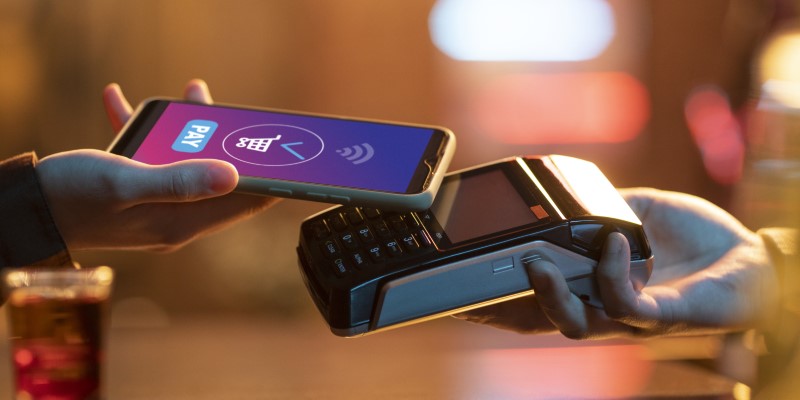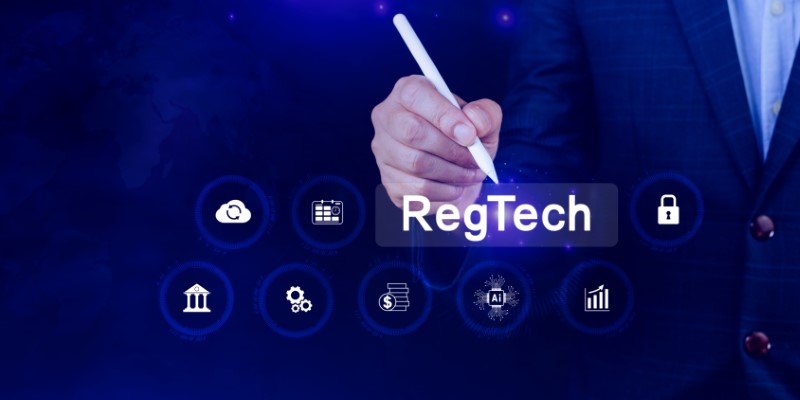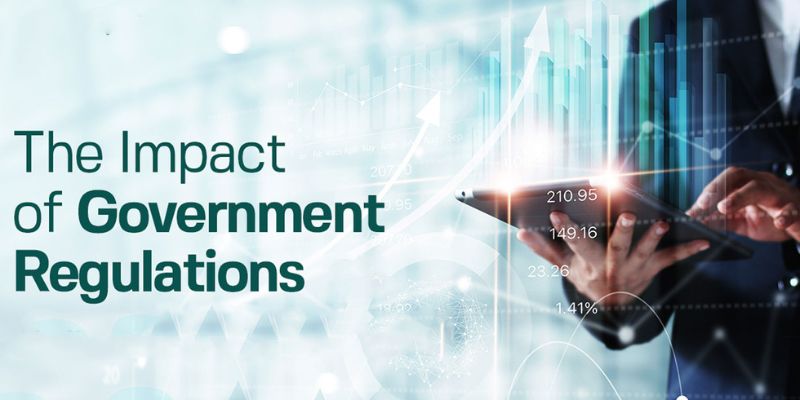Why Is Buy Now, Pay Later (BNPL) Growing So Fast?
The Buy Now, Pay Later (BNPL) sector has seen explosive growth in recent years, transforming how consumers shop and manage their finances. This alternative financing option allows buyers to split payments into manageable instalments, often with little or no interest. As e-commerce expands and consumers seek more flexible payment options, BNPL's popularity has surged, reshaping the retail and finance landscapes.
The Rise Of Buy Now, Pay Later: Understanding The Trend
The BNPL market has grown exponentially, with a notable increase in users and transaction volumes. Between 2019 and 2021, BNPL loans in the U.S. grew by an astounding 970%, jumping from 16.8 million to 180 million loans. This dramatic rise underscores the BNPL model's ability to tap into evolving consumer needs, offering more accessible and convenient payment options than traditional credit cards.
In 2023, the Gross Merchandise Volume (GMV) for BNPL purchases reached $116.3 billion and is projected to hit $171.6 billion by 2029. The BNPL purchase volume is expected to grow in 2024, with projections estimating it will reach $132.7 billion, a 14.1% year-over-year increase. Such rapid growth signifies that BNPL is becoming an integral part of consumers' shopping experiences.
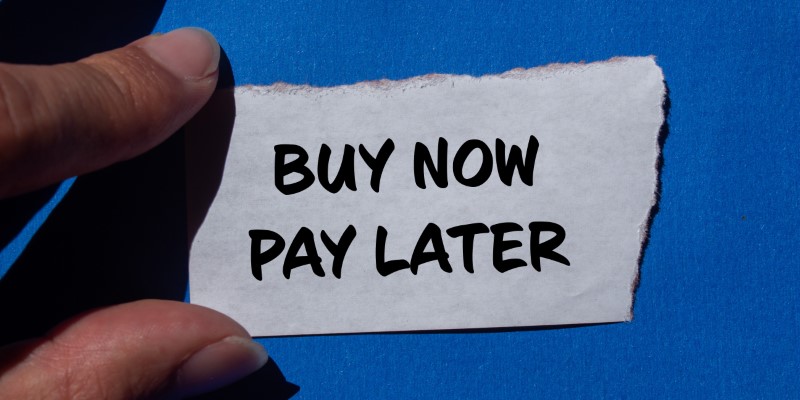
How BNPL Appeals To Modern Consumers?
The rapid adoption of BNPL is driven by its unique ability to cater to diverse consumer needs. From offering flexible payment options to targeting specific demographics, BNPL has broad appeal.
Catering To Financial Flexibility
BNPL's appeal stems from its ability to offer financial flexibility. Compared to traditional credit options, BNPL services often come with little to no interest, making them an attractive alternative for budget-conscious shoppers. This arrangement allows consumers to manage their finances more effectively, spreading payments for larger purchases over time.
Targeting Younger Generations
BNPL is especially popular among younger demographics, such as Millennials and Gen Z. In March 2024, Millennials represented the largest share of BNPL households, followed by Gen Xers. This shift reflects younger generations' preference for more innovative financial solutions, and many prefer BNPL over credit cards because of the perceived lower risk and greater transparency.
Access For Low-Income Consumers
BNPL services have also gained traction among lower-income consumers. Nearly half of households using BNPL in March 2024 earned less than $50,000 annually. This demonstrates BNPL's accessibility, allowing individuals who might not have access to traditional credit options to make purchases and manage their payments more efficiently.

Key Factors Driving The Rapid Growth Of BNPL Services
Several factors have contributed to the meteoric rise of BNPL services, each amplifying the sector's growth. From the surge in online shopping to partnerships with major retailers, BNPL has thrived in meeting consumer demands in innovative ways.
Increased E-Commerce Adoption
The surge in online shopping has played a significant role in the rise of BNPL services. As consumers shift towards digital platforms, the demand for flexible payment solutions has grown, making BNPL a go-to option for online purchases. BNPL results in an 85% higher average order value than when customers use other payment methods, indicating that it encourages shoppers to spend more.
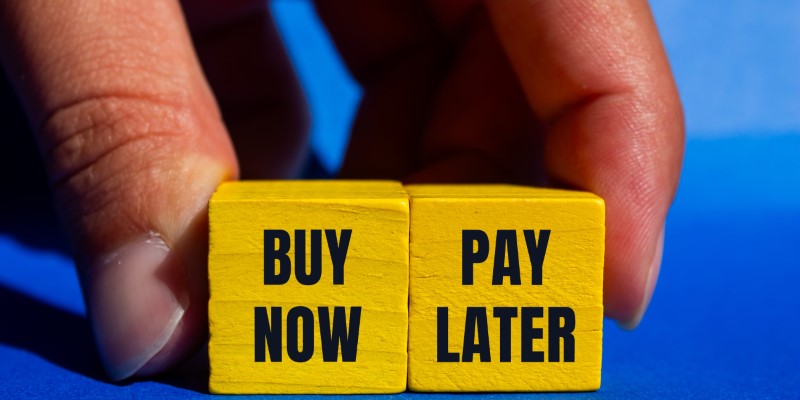
Attractive Payment Plans
BNPL services often offer interest-free periods, making them a cost-effective alternative to credit cards. This model particularly appeals to consumers who avoid high interest rates and fees. As a result, many shoppers are choosing BNPL to finance purchases that they might otherwise delay or forego.
Increased Spending Power During Holidays
BNPL has become popular during the holiday season, allowing consumers to stretch their budgets. For instance, during the 2023 holiday season, shoppers used BNPL for $17 billion in purchases, a 16.9% increase compared to the previous year. This trend illustrates how BNPL enables consumers to manage holiday spending without accumulating significant debt.
Growing Retail Partnerships
Major retailers are increasingly partnering with BNPL providers, expanding the availability and visibility of BNPL options at checkout. Up to 40% of BNPL sales come from new customers to retailers, demonstrating how BNPL attracts a broader audience. With brands like Nike, Instacart, and Sephora offering BNPL services, this payment method is becoming more mainstream.

The Future Of BNPL: What To Expect Moving Forward
As BNPL continues to evolve, its future appears promising yet uncertain. Despite the rapid rise, emerging trends and challenges will shape how this payment model develops, impacting consumers and businesses.
Slowing But Sustained Growth
While BNPL adoption has experienced rapid growth, there are signs that momentum is slowing. For instance, the share of Bank of America customers with a BNPL payment increased by only half a percentage point in March 2024 compared to the previous year. However, despite this deceleration, the market is expected to maintain steady growth, albeit at a more moderated pace.
Expansion Into New Sectors
The use of BNPL is likely to expand beyond retail, with more industries embracing this payment model. Currently, BNPL is famous for purchases like home furnishings, electronics, apparel, and beauty products. As consumers become more comfortable with the BNPL concept, more sectors, such as healthcare and travel, are expected to integrate these services.
Potential Regulatory Oversight
With the rapid growth of BNPL services, regulatory bodies may introduce guidelines to ensure consumer protection. This could include measures to prevent overuse or ensure transparent communication about fees and repayment terms. While regulation might slow down adoption in the short term, it could lead to a more sustainable and consumer-friendly market in the long run.
Technological Innovations
BNPL providers will likely leverage technology to enhance user experiences, such as integrating artificial intelligence for personalized payment plans or improving fraud detection. These advancements could make BNPL services more attractive and secure for consumers, driving continued growth.
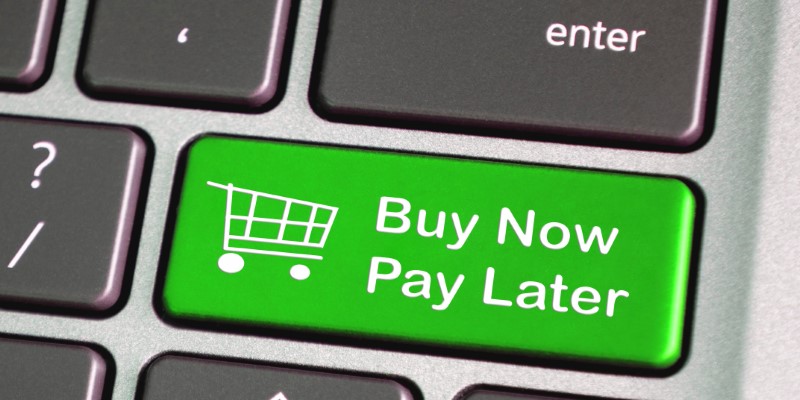
Conclusion
The BNPL model's rapid ascent is fueled by its appeal to consumers seeking financial flexibility, the growth of e-commerce, and partnerships with major retailers. While the pace of growth might slow, BNPL is poised to remain a significant player in the payments landscape, evolving to meet the changing needs of consumers and expanding into new markets. As it matures, expect BNPL to continue reshaping how we approach spending and financing.
